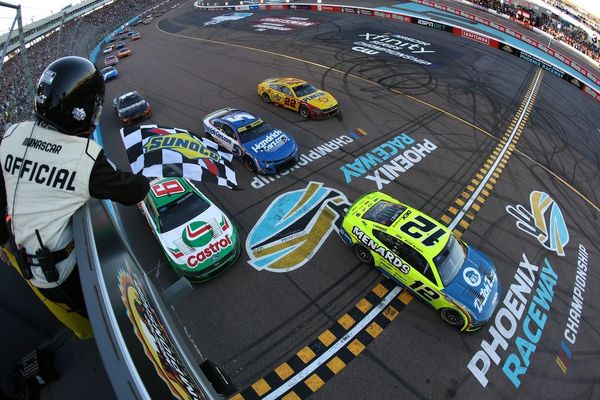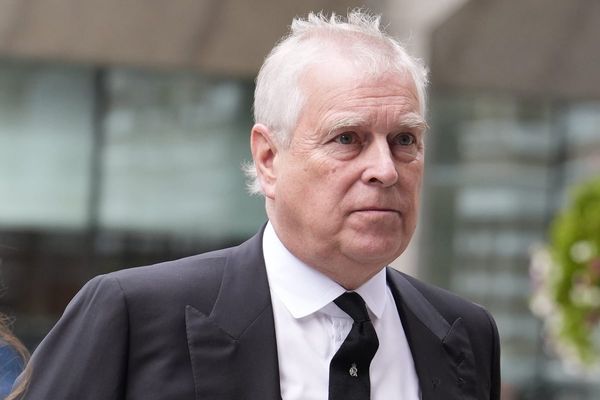
This past week has marked five years since the first AFLW game was played. It is still far too easy to identify cracks in the league, including a lack of representation, a truncated season and an ongoing pursuit of pay parity. Equally, though, looking back also serves as a way of counting blessings. In five years, all AFL clubs now have a women’s side. The AFLW has gone from being a largely symbolic league moulded in the shape of the men’s competition to a very distinct and strategic offering for the AFL. Women and girls have signed up to play football in droves.
The more remarkable story is what AFLW has come to represent. One cannot underestimate the relationship between women’s sport – and the AFLW specifically – and the rise of gender equity in this country. Thinking back to the lock-out crowd at that inaugural game in 2017, the statement being made by the more than 24,500 people who turned up to watch Carlton v Collingwood, was clear. It was time for women to come to the fore in new and exciting ways. If crowd numbers at subsequent games are an indication, many of the people at Ikon Park that night were not necessarily women’s football fans. Regardless, they flocked to the game, the atmosphere of which felt more like a summer ‘sit-in’ than a game of football. Everyone wanted to be there and make visible their support of what to many seemed like the start of a new herstory.
In 2017, while America was reckoning with gender equity through the #MeToo and Time’s Up movements spearheaded by Hollywood and celebrity, Australia was grappling with its own feminism through the prism of sport. Like #MeToo, AFLW crashed onto our screens and into our consciousness. In the way in which #MeToo felt jolting to many, so too did the AFLW – despite the years of pioneering women laying the groundwork for both movements. The sight of women playing this brutish, physical game was perhaps one of the purest disruptions in women’s sport this country had seen. That it is hard to think about it in these terms now is itself a sign of the progress we have made. Similarly, it was not that long ago that the image of Tayla Harris kicking a football was sexualised to alarming degree, sparking a debate and subsequent progress around the sexualisation of women’s bodies in sport and online sexism and bullying.
Even in AFL circles, the AFLW has brought gender equity conversations to the fore. Industry networks will know it was not long before the AFLW that the annual AFL Women’s Lunch was accompanied by swag bags for every guest with inclusions from sponsors of laundry powder, wine, make-up and lip gloss. These were at the time seen as significantly tone-deaf and symbolic of an AFL that had no understanding of women, womanhood and the desire of women in the industry to be taken seriously.
In the same way that, for a long time, men’s sport was the prism through which we understood masculinity, women’s sport has a similar relationship to a distinctly Australian womanhood. Unlike AFLM’s relationship to masculinity (which is in the midst of its own evolution), AFLW has, it seems, have thrown open the doors of what is possible for many Australian women. As AFLW analyst and broadcaster Gemma Bastiani, who was working in the music industry in 2017 says “... I had spent seven years trying to figure out a way to make my passion for footy a career. That game [in 2017], and the AFLW as a whole, made me realise that there is just as much need for women in off-field roles as there is on”. AFLW has meant more women are not only playing but also broadcasting, coaching and leading. While the gains do not yet come close to equity, the AFLW’s existence over five years has pushed the conversation along.
The AFLW is multitasking, in that it both symbolises gender equity and actively seeks it, and that is worthy of celebration. But what does ultimate progress look like? Perhaps it will be realised when the league and the women who play it are not asked to shoulder the representation of all women, feminism and gender equity, but are simply footballers. Earlier in the season, Carlton’s Darcy Vescio pointed to well-meaning commentary opining that improved playing standards were adding to the heavy “load” already carried by players. One wonders if the players themselves would prefer to simply ‘be’, and play without a generation’s expectations of progress and excellence on their shoulders?
Still, in years to come, when we reflect on a decade’s worth of progress, we will perhaps talk about the AFLW in the same way we might our first female prime minister and that huge MCG crowd at the Women’s Twenty20 World Cup final on International Women’s Day.







